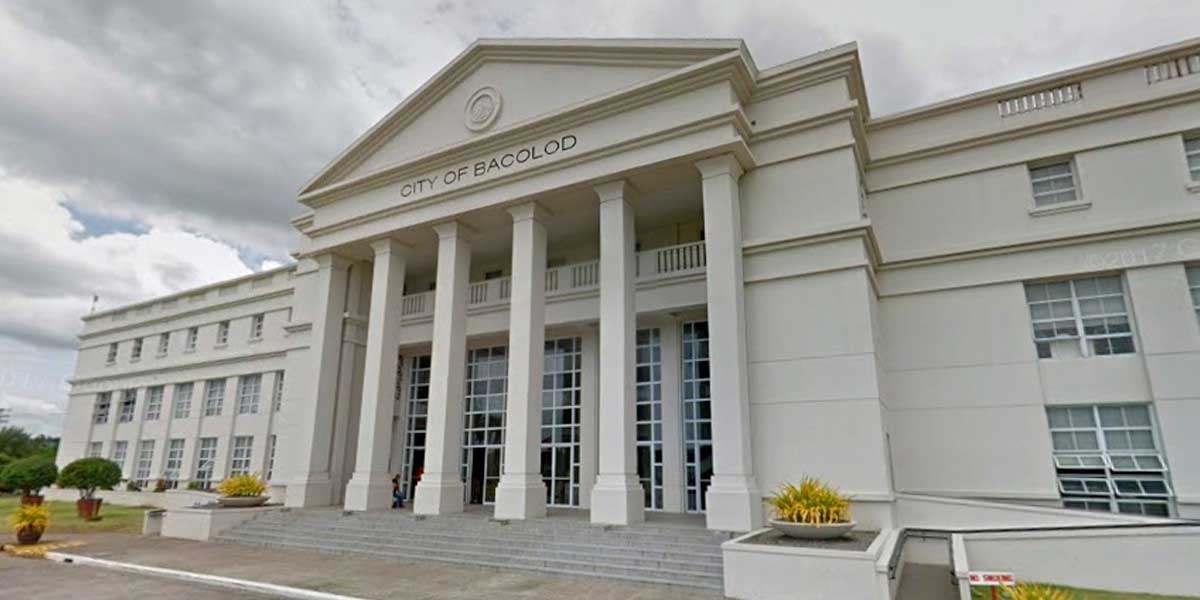By John Anthony S. Estolloso
FOR THE local ballerinas and ballet enthusiasts who grew up watching segments of The Nutcracker or Coppélia, to witness a full ballet production in one of our local performance halls has always been a distant aspiration. Somehow, the evening of December 8 fulfilled that wish.
In a rare occasion that is one for the books, West Visayas State University’s Cultural Center played venue for Puso ng Pasko, a full-length ballet put together by National Artist for Dance Alice Reyes in collaboration with affiliate choreographers. On attendance that evening was Ms. Reyes herself, while onstage, breathing life and movement to the ballet were the dancers of the Alice Reyes Dance Philippines.
Performers from the local dance schools – Claravall-Gonzalez School of Classical Ballet, PCD School of Performing Arts, and Iloilo Bereber Dance Theatre – provided a worthy prelude to the narrative of the ballet. While the dynamic energy and vigor of Ms. Reyes’s company sharply contrasted our local dancers’ more subdued performance, the latter nonetheless provided an introduction that warmly ushered the viewers to the lengthier storyline of Puso ng Pasko.
Veering from the conventional literature of ballet, Puso ng Pasko contemporized the artform by embedding a traditionally Western dance form into relevant Filipino contexts. Taking inspiration from our overseas workers’ circumstances, the ballet opened in medias res and developed into a retrospect of Christmases Past as celebrated locally.
Actor Audie Gemora and dancer Liza Del Fuente lent their acting skills in the unfolding of the narrative. Spending the holidays in New Jersey, Gemora as Lolo Val opened the performance with a Zoom call – the touch of technology on the dramatic set was uncanny. Granddaughter Sab (played by Del Fuente) entered the scene, and the reminiscing began: to the stirring strains of Levi Celerio’s Pasko Na Naman, the dancers leapt and pranced onto the narrative.
But more than just a retelling of the festive Christmas season through the eyes of a Filipino expat, the ballet was a celebration of Filipino festivals. Incorporating vignettes from Pahiyas and the Higantes Festival, Puso ng Pasko transcended the homegrown holiday experiences by turning the dance into a performative microcosm of Filipino culture. The set was festooned with kiping and giant figures of St. Nicholas hovered through the stage in a comic, ambulant dance; a frenetic Dance of the Benches – evocative of fiestas from Pangasinan province – lent a gymnastic, spectacular highlight to the dance.
With an energy and vigor rarely seen in local performances, the corps de ballet was astounding. Punctuated with the occasional poignant pas de deux, the ballet brimmed with a robustness underlining the euphoria, exuberance, longings, moments, and heartbreaks that constitute deep-seated memories. Taken through a more literary sense, the ballet becomes the holiday nostalgia of every Filipino working abroad: home is where the heart is and where it rests are home-fires burning warmly at the hearth.
Post-performance conversations with Ms. Reyes and some members of the company revealed interesting glimpses about the making of Puso ng Pasko. When asked about her creative process, she pointed out that the challenge was always about making something that has never been done before.
While perceptions of ballet as an ‘elitist’ dance genre or something best left for female dancers are still common, Ms. Reyes was gracious enough to point out that this can be corrected with grassroots efforts in educating and exposing young people to the finer nuances of the artform and letting younger dancers and choreographers take the helm of productions.
Collaborative choreographer Ronelson Yadao – who envisioned the Dance of the Benches – recalled how he started from these grassroot programs and how crucial government support was in encouraging young ballerinas to persevere in the art form. Now immersed in the craft, he steps up in helping the company create new dances. Suffice it to say that young choreographers like him will be the future of Filipino ballet and the gatekeepers of standards of performance that Ms. Reyes and her company have always championed and maintained.
Beyond showcasing the prowess and vibrance of dance as narrative, the production also served as benchmark and platform to inspire fledgling local young dancers and ballerinas. Jayla Viterbo, a senior ballerina of the Claravall-Gonzalez School of Classical Ballet, shared what it meant to be working up close with such talents – and with a National Artist to boot. Her key takeaways from the collaboration: discipline, dedication, skill, and grace.
For both local audience and artistes, Puso ng Pasko was an affirmation of the Ilonggos’ readiness for full-length ballet: a little over an hour of such exquisite and dynamic dancing onstage was a tad inadequate. So dare we hope to see a snowy Swan Lake or a demure Giselle in the near future? Perhaps a flamboyant Rama Hari or an epic Tales of the Manuvu? We sincerely hope so.
[The writer is the subject area coordinator for Social Studies of one of the private schools of the city. The photos are from Mr. Vic Salas.]


























